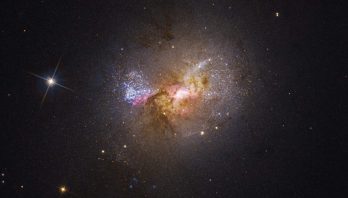
STScI: Hubble Finds a Black Hole Igniting Star Formation in a Dwarf Galaxy
Often portrayed as destructive monsters that hold light captive, black holes take on a less villainous role in the latest ...

Webb Begins its Journey on ESA’s Ariane 5 Rocket!
Today, the James Webb Space Telescope successfully blasted off from the European Space Agency’s launch site in Kourou, French Guiana ...
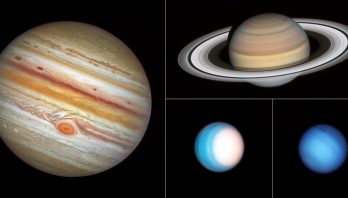
STScI: Hubble’s Grand Tour of the Outer Solar System
From its vantage point high above Earth's atmosphere, NASA's Hubble Space Telescope has completed this year's grand tour of the ...
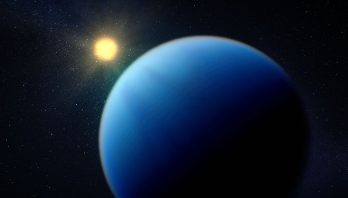
STScI: Webb Primed to Lift the Haze Surrounding Sub-Neptunes
More than half of the Sun-like star systems surveyed in the Milky Way harbor a mysterious type of planet unlike ...
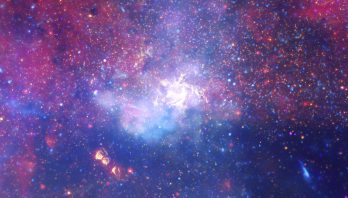
STScI: NASA’s Webb Will Join Forces with the Event Horizon Telescope to Reveal the Milky Way’s Supermassive Black Hole
to create an image of the area directly surrounding the supermassive black hole at the heart of our Milky Way ...
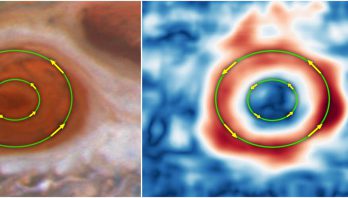
STScI: Hubble Shows Winds in Jupiter’s Great Red Spot Are Speeding Up
Researchers analyzing Hubble's regular "storm reports" found that the average wind speed just within the boundaries of the storm, known ...

Jennifer Lotz
Director, Space Telescope Science Institute Dr. Lotz returned to STScI from NOIRLab where she was the Director of the International ...
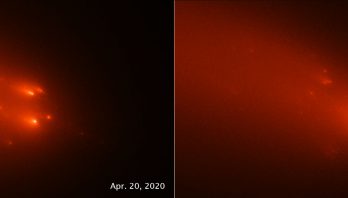
STScI: Comet ATLAS May Have Been a Blast from the Past
In a new study using observations from NASA's Hubble Space Telescope, astronomer Quanzhi Ye of the University of Maryland in ...
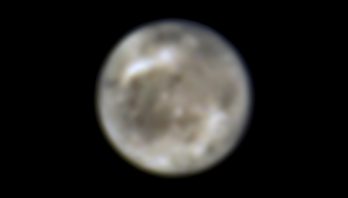
STScI: Hubble Finds First Evidence of Water Vapor at Jupiter’s Moon Ganymede
For the first time, astronomers have uncovered evidence of water vapor in the atmosphere of Jupiter's moon Ganymede. This water ...
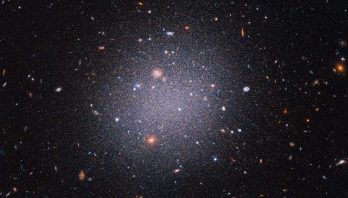
STScI: Mystery of Galaxy’s Missing Dark Matter Deepens
When astronomers using NASA's Hubble Space Telescope uncovered an oddball galaxy that looked like it didn't have much dark matter, ...
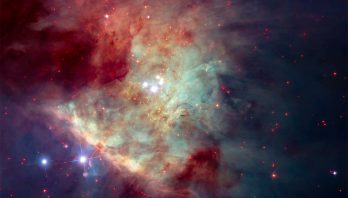
STScI: Webb to Study How Massive Stars’ Blasts of Radiation Influence Their Environments
An international team using NASA's James Webb Space Telescope, which is scheduled to launch in October, will study a portion ...
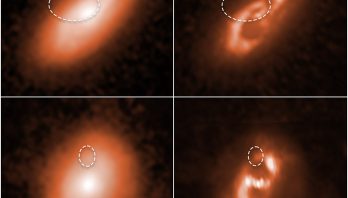
STScI: Hubble Tracks Down Fast Radio Bursts to Galaxies’ Spiral Arms
Astronomers using NASA's Hubble Space Telescope have traced the locations of five brief, powerful radio blasts to the spiral arms ...
